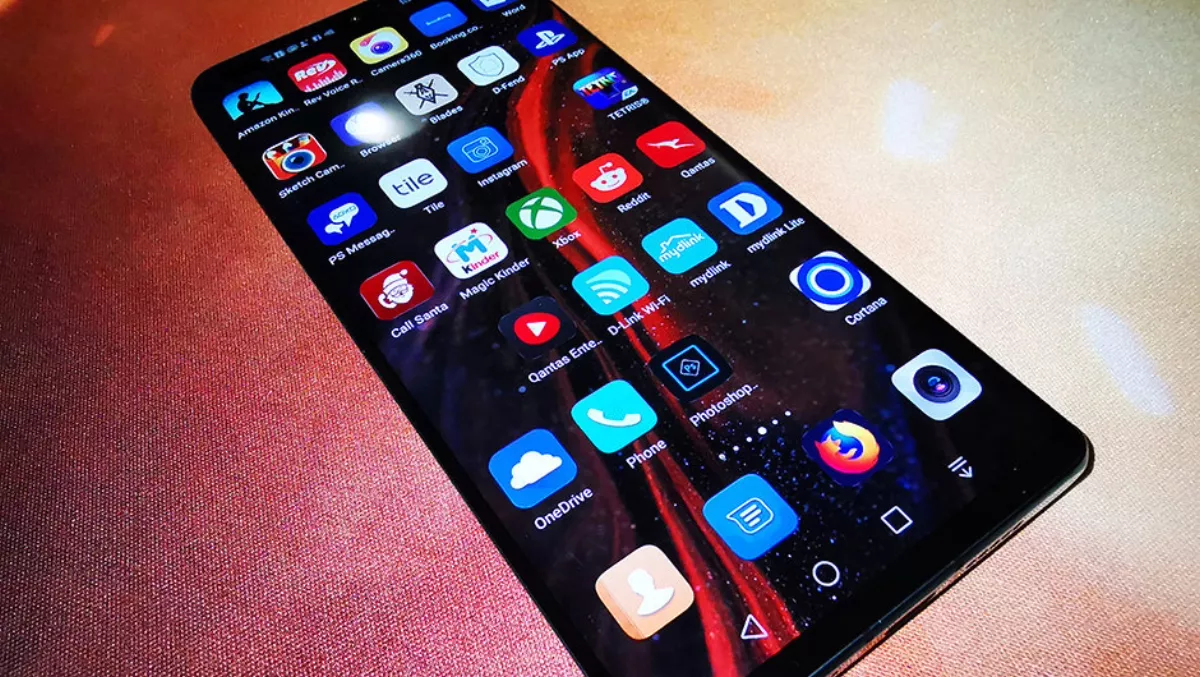
Hands-on review: The Huawei P30 Pro
The P30 Pro is the latest top end-mobile phone from Huawei. Launching mere months after the Huawei Mate 20 Pro, is it too soon?
Huawei are on a roll at the moment. Their Mate 20 Pro is the most impressive mobile phone that I've ever used. The Huawei P30 Pro builds upon its stablemate's technology to give users a better camera setup, with little compromise and a similar price-point. The phone's NZ$1500 price tag is about the same as a Mate 20 Pro, right now.
Side-by-side, the Huawei P30 Pro and the Mate 20 Pro look almost identical. The Mate 20 Pro is a tiny bit thinner, but the P30 Pro sports a slightly bigger screen. But that slightly bigger, 6.47" OLED screen is only 2340x1080 resolution compared to the Mate 20 Pro's 6.39" 3120x1440 screen. The P30 Pro's larger screen size and the but lower resolution, make no practical difference between the two phones, to be honest.
The P30 Pro, like the Mate 20 Pro, is powered by a Kirin 980 chipset. But this is where the performance similarities/deficits end.
The Huawei P30 Pro ups the phone's memory from the Mate 20 Pro's 6GB to 8GB- a small, but significant boost. The P3 Pro's on-board storage, limited to 128GB on the Mate 20 Pro, comes with 128GB, 256GB and 512GB options.
The P30 Pro has five cameras: one front facing and four at the rear. The main rear camera is capable of taking 40MP images. It uses Huawei's SuperSpectrum tech which swaps out the Green in RGB and replaces it with yellow for better low-light results.

There also a 20MP ultra-wide camera and an 8MP camera with 5x optical zoom (as opposed to the Mate 20 Pro's 3x optical zoom, for those of you still keeping scores). The fourth rear-facing camera is a time of flight camera for accurate distance measurement. Selfie fans will be very pleased with the 32MP front camera (a boost from the Mate 20 Pro's 24MP).
The single front camera makes for a smaller "notch" in the display that the Mate 20 Pro, with its extra sensor array for facial recognition. The rear-facing camera array is located in the more traditional top-left corner (as you are looking at it from the back). Perhaps this location is tidier, but as a left-hander, pretty much guarantees that I'm going to have a finger in my pictures unless I'm really careful.
The P30 Pro takes advantage of Google's Android 9 Pie overlaid with the latest iteration of Huawei's OS, EMUI 9.1.
The P30 Pro feels solid and is, quite frankly, beautiful. It's almost a shame to put it in the included protective case. The back of the phone doesn't have the textured finish of the Mate 20 Pro and so picks up fingerprints like nobody's business. Even through my fingerprints, the metallic blue finish still looks amazing.
The Huawei P30 Pro is a game of give and take. The bigger screen, but lower resolution likely provides the budget for the better camera features and higher RAM over the Mate 20 Pro.

Casual users will likely enjoy the better camera performance over screen resolution, and I think that this is where Huawei are coming from. Despite a bit of on-paper corner-cutting, it can still, pretty much, do everything that the Mate 20 Pro can plus a little bit more.
The Huawei P30 Pro is not a replacement for the Mate 20 Pro, it's more of a complementary device that takes into consideration six months of R-D. With the P30 Pro we have a very nice phone and perhaps some hints at what Huawei have got up their sleeve for the Mate 30 Pro.


